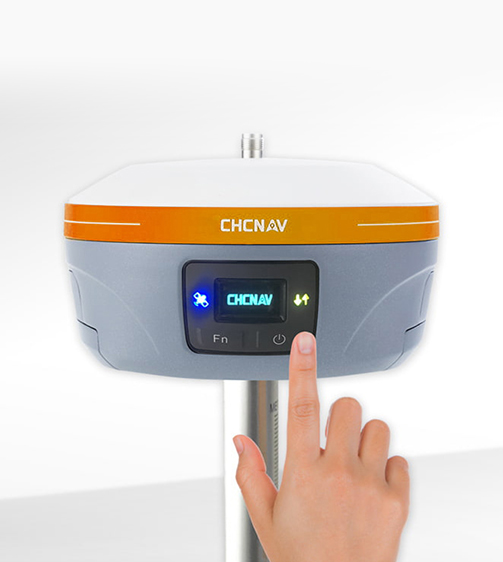As precision agriculture continues to evolve, the usability of agricultural GPS guidance systems for sale has become a critical consideration for farmers and operators. An intuitive interface ensures that users of varying technical expertise can effectively navigate and utilize these systems, ultimately maximizing their potential and enhancing operational efficiency. This article explores the significance of user interface design and its impact on the overall effectiveness of agricultural GPS guidance systems.
The Need for Intuitive Design
In an industry often characterized by varying levels of technical skill among users, an intuitive user interface (UI) is essential. Farmers, agri-businesses, and operators may not always have advanced technological training, making it crucial for agricultural GPS guidance systems to be designed with ease of use in mind.
A well-designed UI allows users to operate the system efficiently without extensive training. Clear menus, straightforward navigation paths, and visually engaging displays reduce the learning curve associated with adopting new technology. When selecting agricultural GPS guidance systems for sale, potential buyers should prioritize products that emphasize usability, ensuring that operators can quickly adapt to and benefit from the technology.
Moreover, a user-friendly design fosters confidence in operators. When individuals feel comfortable using technology, they are more likely to explore its full capabilities, leading to improved outcomes in precision farming practices. Consequently, ease of use plays a vital role in the adoption and success of agricultural GPS guidance systems.
Accessibility for All Users
Accessibility within the user interface extends beyond simply catering to experienced operators. It is also about accommodating less tech-savvy individuals, making technology more inclusive within the farming community. For agricultural GPS guidance systems for sale, this means designing interfaces that can be easily interpreted by all users regardless of age or background.
For instance, incorporating visual aids, such as icons and charts, can help users understand complex data intuitively. Additionally, providing multilingual options can further enhance accessibility, ensuring that farmers in diverse regions can confidently utilize these systems without language barriers.
Furthermore, considering various sensory abilities is important when developing these systems. Adjustable display settings, audio prompts, and haptic feedback can create a more inclusive experience for users with different needs, promoting broader adoption of agricultural GPS guidance systems.
Conclusion
The usability of agricultural GPS guidance systems is paramount for maximizing their effectiveness in precision farming. An intuitive user interface not only facilitates ease of use among operators with varying technical expertise but also encourages broader adoption of these valuable tools.
At CHCNAV Agriculture, we understand the importance of user-friendly design in our technology offerings. Our iBase AG serves as a GNSS base station for precision agriculture, exemplifying our commitment to creating solutions that meet user needs. Designed for easy installation and compatibility with external batteries and radios, the iBase AG addresses the dynamic requirements of precision farming. By focusing on user experience, we aim to enhance the usability of agricultural GPS guidance systems for sale, ultimately supporting farmers in achieving greater efficiency and productivity.
